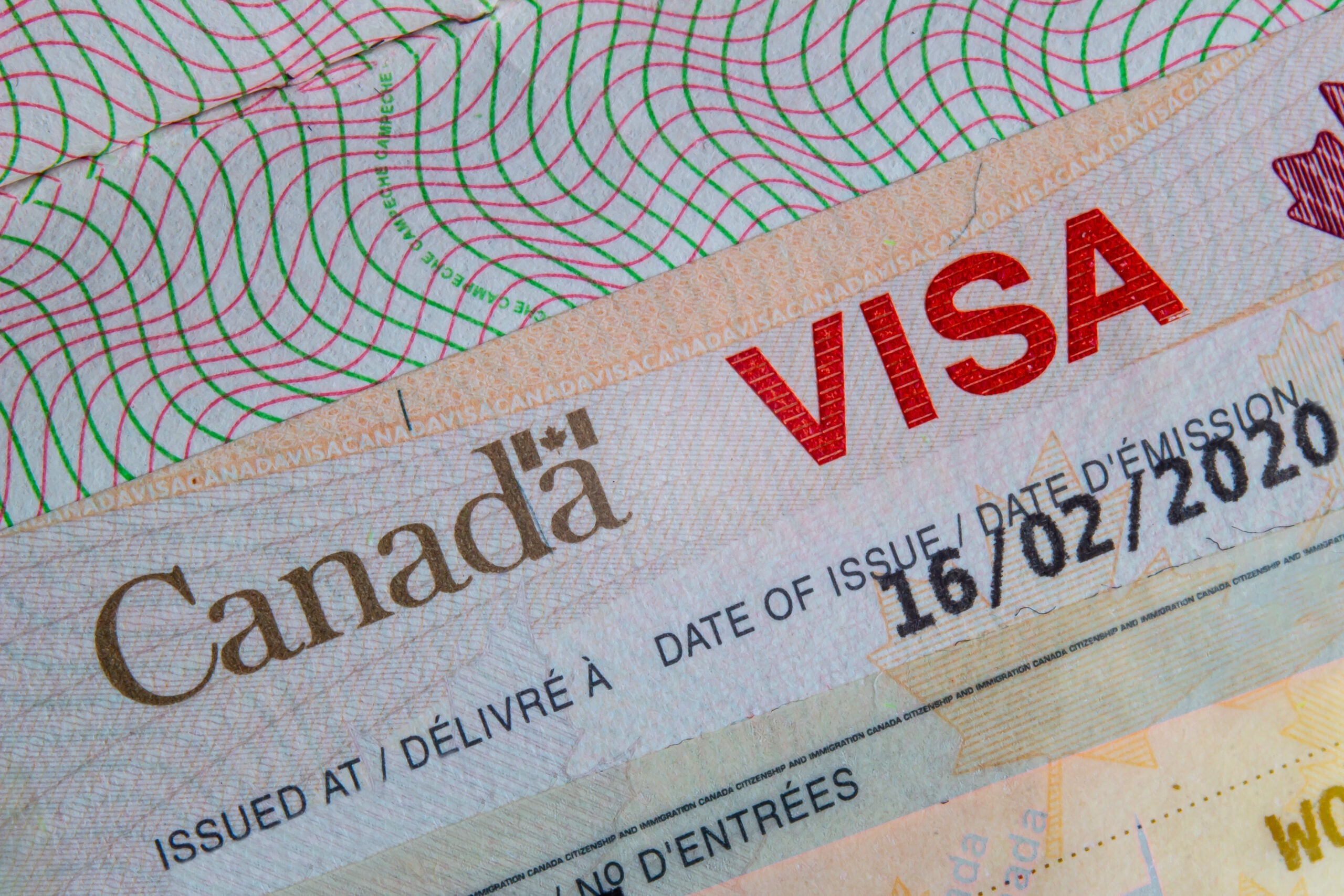
Applying for a visa or permanent residence in Canada can be a daunting process, especially when your application requires that your supporting documents be officially translated into either of Canada’s two official languages. There used to be some confusion on who exactly could translate your documents, but some recent updates to IRCC’s requirements for translations have finally clarified the steps applicants need to take to translate their immigration papers.
What is a Certified Translation?
Let’s start with the most important point: only certified translators can produce certified translations. IRCC has clarified the definition of a certified translator, probably your best ally in the application process.
“A certified translator is a member in good standing whose certification can be confirmed by a seal or stamp that shows the translator’s membership number of a professional translation association in Canada or abroad.”
In Canada, the only associations of certified translators are the provincial associations, overseen federally by CTTIC. In Alberta, certified translators must be members of ATIA, the Association of Translators and Interpreters of Alberta.
If you don’t live in Canada, IRCC will accept translations made by officially accredited translators in your country, or you can still use the services of a Canada-based certified translator. Your translator can provide an electronic copy of your documents to be uploaded to IRCC’s system, no matter where you are.
How do I know if a translator is truly certified?
You will occasionally see the title “certified translator” being applied loosely to aspiring translators who are still in the process of becoming certified or hold a certificate from an organization that is different from the provincial associations. IRCC clarified that these translators can’t produce certified translations, and your documents may be rejected.
Certified translators are easily recognizable by their membership number, which you can find on their seal or stamp. The translator will apply their seal and number to the declaration of translation, which accompanies your original document and its translation. With this declaration, you have the guarantee that your translator has competently translated the document and is responsible and liable for the accuracy of its contents.
What if I can’t find a Certified Translator in my language combination?
You can get a notarized translation, but only when no certified translators are available. This process adds a few steps and hoops, but it will eventually get the job done. In this case, a non-certified translator can be used as long as their translation is accompanied by an affidavit issued by a notary public or commissioner of oaths.
This step usually involves an additional cost to the applicant as the translator has to rely on a third party to complete the translation job.
Regardless of the situation, your translation can never be done by a family member, your immigration consultant, or yourself (or your good friend who spent six months in Brazil and now claims they are fluent Portuguese speakers and translators!). This applies even when a family member is a translator, including a certified one. To ensure impartiality, the same goes for affidavits. IRCC identifies a parent, guardian, sibling, spouse, common-law partner, conjugal partner, grandparent, child, aunt, uncle, niece, nephew, and first cousin as family members.
Certified translators remain your best solution for quick, reliable, hassle-free certified translations. Their certified status guarantees that their skills and experience have been vetted by the provincial certifying body, they stay up to date with the latest developments in the industry by furthering their professional development every year, and that they go about their practice while adhering to firm ethical standards meant to protect their clients’ interests.
Sources:
CTTIC: http://cttic.org
